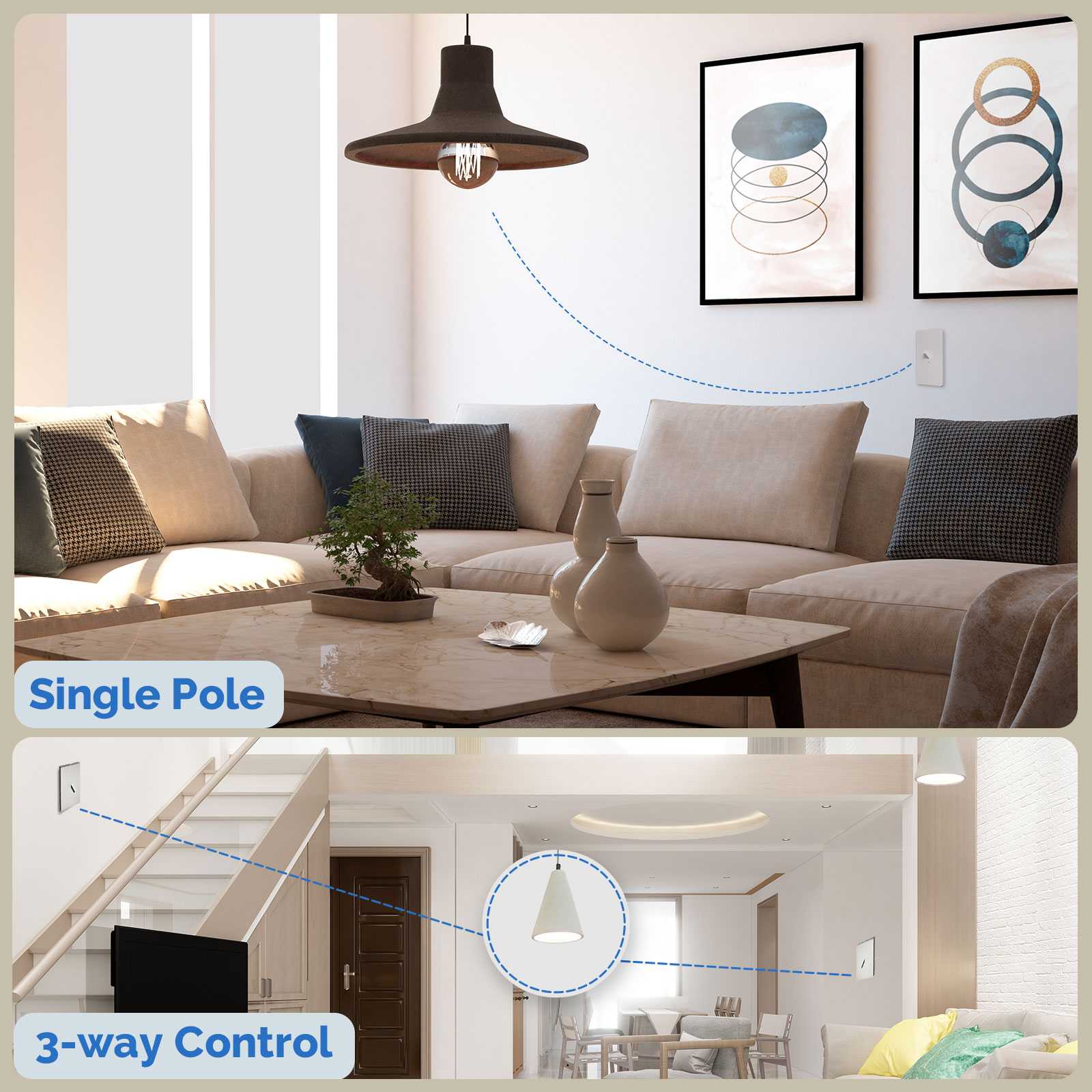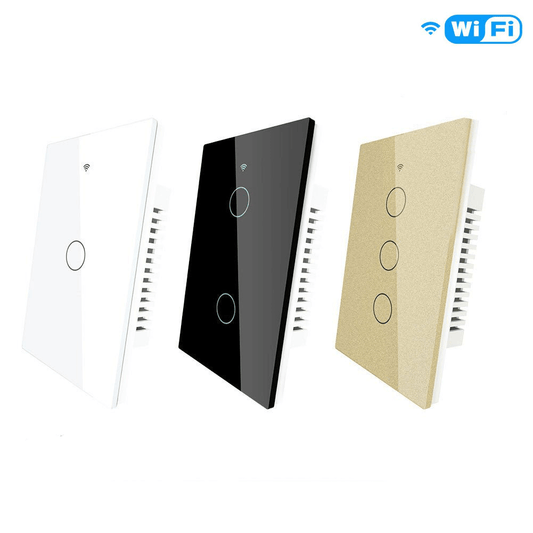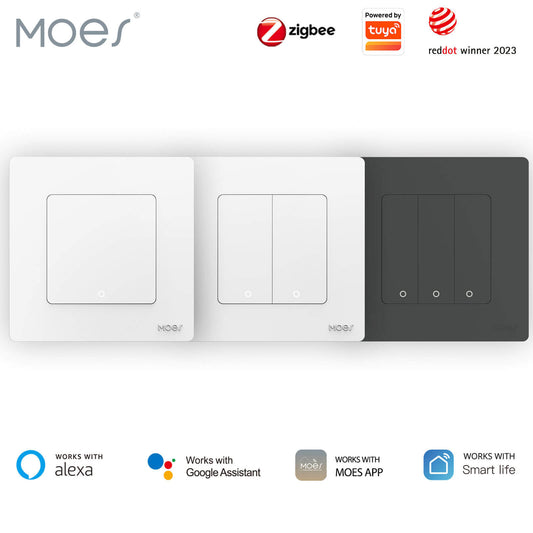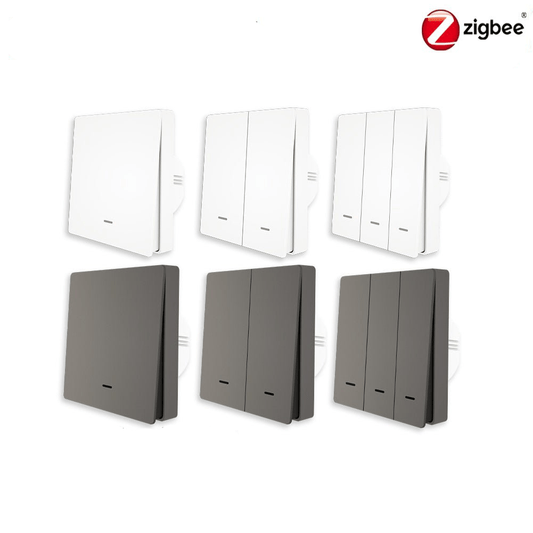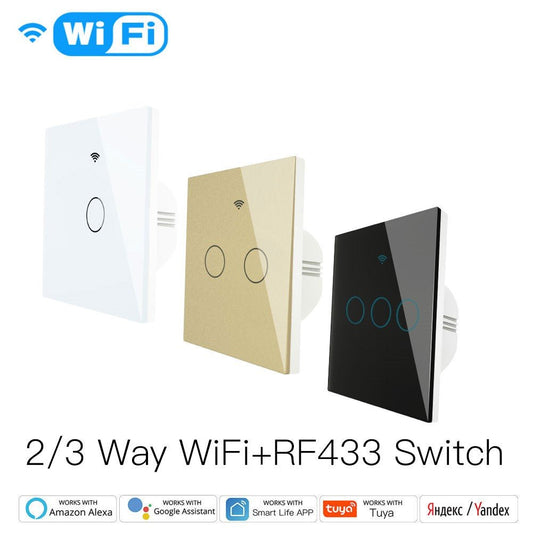From televisions and air conditioners to smart home devices, the remotes use different communication technologies, each with its own set of advantages and disadvantages. The most common remote control technologies today include Infrared (IR), Bluetooth (BT), and Radio Frequency (RF). In this blog post, we’ll explore the differences between these technologies and help you understand which is best suited for your needs.
What is Infrared (IR) Technology?
Infrared (IR) technology is the most commonly used remote control technology. IR remotes work by emitting infrared light, which is detected by a sensor in the device. The signal travels in a straight line and must be pointed directly at the receiver for communication to occur.
Advantages of IR:
- Cost-Effective: IR remotes are inexpensive to manufacture, making them a popular choice for budget-friendly appliances.
- Low Power Consumption: IR remotes generally use less power, which extends their battery life.
- Security: Since IR signals travel in a straight line, they are less susceptible to interference from other devices.
Disadvantages of IR:
- Limited Range: IR remotes typically have a range of 5 to 10 meters and require a direct line of sight between the remote and the receiver. This can be restrictive in larger rooms or when objects block the signal.
- Limited Versatility: IR remotes are limited to one-way communication and cannot be used for devices that require two-way communication, such as smart home systems.
What is Bluetooth (BT) Technology?
Bluetooth technology allows devices to communicate wirelessly over short distances using radio waves in the 2.4 GHz frequency range. Bluetooth remotes, unlike IR, don’t require a direct line of sight between the remote and the device.
Advantages of Bluetooth:
- Longer Range: Bluetooth remotes typically have a range of 30 feet (9 meters) or more, which is ideal for use in larger rooms or environments where you don’t want to be restricted by a direct line of sight.
- Two-Way Communication: Bluetooth enables two-way communication, which is useful for devices that require feedback, such as gaming controllers or smart home devices.
- Better Flexibility: Bluetooth supports more complex commands, making it suitable for controlling a variety of devices beyond basic TVs and audio systems.
Disadvantages of Bluetooth:
- Power Consumption: Bluetooth remotes consume more power compared to IR, which can shorten battery life.
- Interference: Bluetooth operates in the crowded 2.4 GHz frequency band, meaning it may suffer from interference from other devices using the same frequency, such as Wi-Fi routers.
What is Radio Frequency (RF) Technology?
RF technology uses radio waves to communicate between the remote control and the device. Unlike IR and Bluetooth, RF remotes do not require a direct line of sight. They are capable of working through walls and obstacles, making them more versatile.
Advantages of RF:
- Longer Range: RF remotes can work up to 100 feet (30 meters) or more, and they don’t require a direct line of sight to the device.
- Penetrates Obstacles: RF signals can pass through walls, ceilings, and other obstacles, making them ideal for controlling devices in different rooms or from different floors.
- Reliable Communication: RF remotes are less likely to suffer from interference compared to Bluetooth, especially in environments with multiple devices operating on the same frequency.
Disadvantages of RF:
- Higher Power Consumption: RF remotes consume more power than IR remotes, which can lead to shorter battery life.
- More Expensive: RF technology tends to be more expensive to manufacture than IR, leading to higher costs for devices that use it.
Comparison of IR, BT, and RF Remote Controls
| Feature | Infrared (IR) | Bluetooth (BT) | Radio Frequency (RF) |
| Range | Short (up to 10 meters) | Medium (up to 30 meters) | Long (up to 100 meters) |
| Line of Sight | Requires direct line of sight | No line of sight required | No line of sight required |
| Power Consumption | Low | Medium | High |
| Interference | Minimal | Prone to interference from Wi-Fi | Less prone to interference |
| Communication Type | One-way | Two-way | One-way |
| Cost | Low | Medium | High |
| Ideal Use | Basic home appliances | Smart home devices, gaming | Home automation, industrial use |
Which Remote Technology is Best for You?
The choice between IR, Bluetooth, and RF remotes ultimately depends on your specific needs and the devices you are controlling.
Choose IR if you are looking for a simple, cost-effective remote control for basic devices like televisions or DVD players. IR is ideal when you don't need to control devices from long distances or through walls.
Choose Bluetooth if you need a longer range and the flexibility to control multiple devices without requiring a direct line of sight. Bluetooth is also ideal for gaming controllers or smart home systems where two-way communication is beneficial.
Choose RF if you need to control devices over long distances and through obstacles. RF remotes are perfect for home automation systems, such as or home security devices.
Conclusion
Each remote control technology—Infrared (IR), Bluetooth (BT), and Radio Frequency (RF)—offers unique benefits and limitations. By understanding the differences, you can choose the right remote technology that best suits your needs. Whether you're looking for a simple remote for your TV or a more advanced system to manage your smart home, there’s a solution out there for you.
At MOES House, we provide a range of high-quality products designed to enhance your home and work environment. For more information on our smart home solutions and to explore how these remote control technologies can benefit you, visit our website MOES House.

